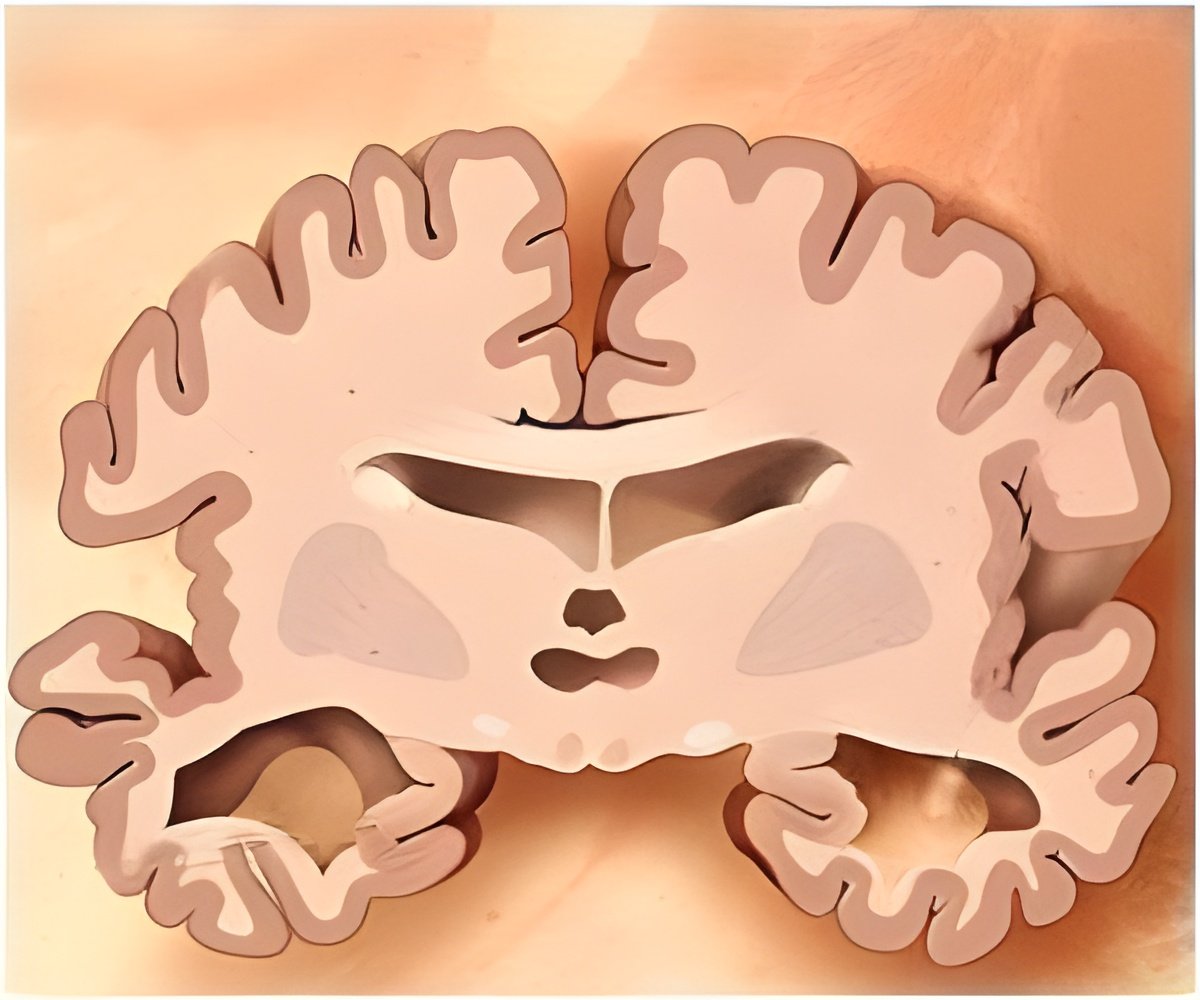A pathological characteristic of Alzheimer's disease is the death of neurons or brain cells in areas of the brain called the dorsal raphe nucleus and locus coeruleus.
Previous studies concerning the pathological characteristic of Alzheimer's disease mainly focus on learning and memory-related hippocampus, and less attention has been paid to the locus coeruleus. Noradrenergic neurons in the locus coeruleus can produce norepinephrine that has excitatory effects on the hippocampus and cortex, suggesting that the locus coeruleus has an important role for learning, memory and other cognitive functions. A recent study published in the
Neural Regeneration Research (Vol. 8, No. 24, 2013) showed that noradrenergic neurons and fibers in the locus coeruleus are predisposed to degenerative alterations in mice carrying mutant amyloid-β precursor protein and presenilin-1 genes. Authors believe that these changes were consistent with pathological alterations in locus coeruleus neurons in the brains of patients with Alzheimer's disease, demonstrating that this animal model can simulate closely this pathological process observed clinically.
Source-Eurekalert
